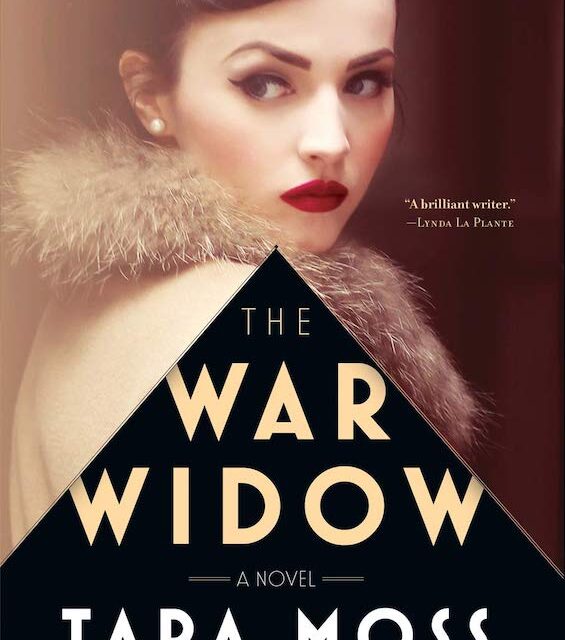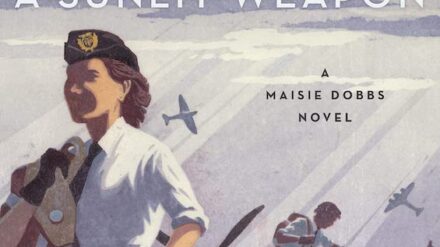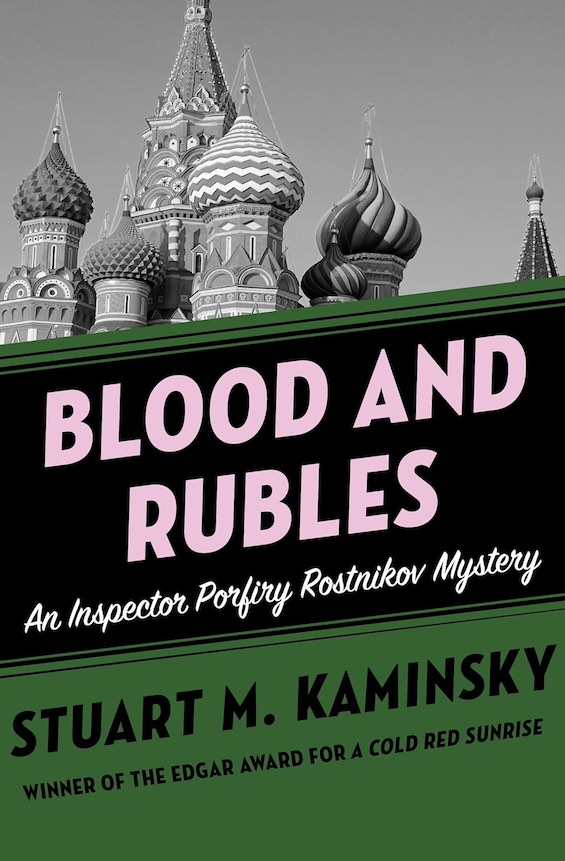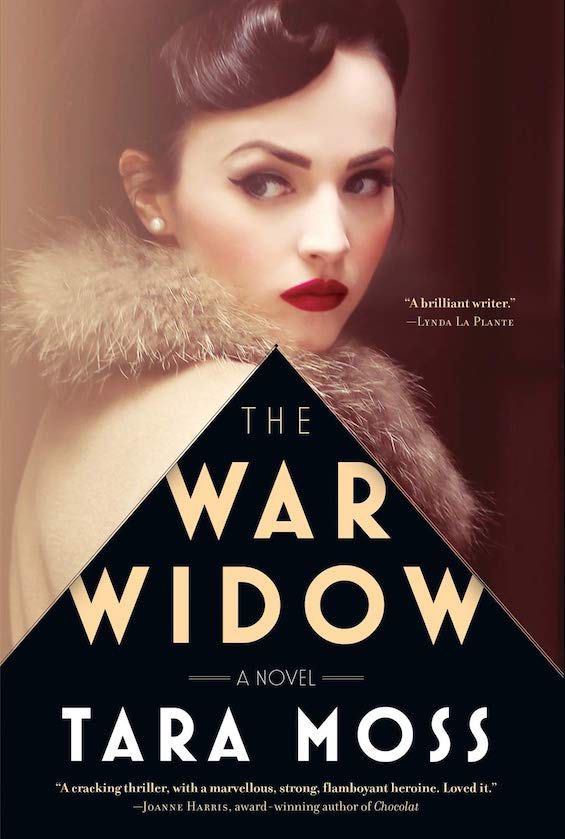
What we’ve got here is an effort to launch a new Australian private eye series. Fair enough. It’s set in Sydney in 1946. Billie Walker is now the proprietor of B. Walker Private Inquiries, established by her late father. Billie had reported from Europe during World War II. She married a fellow reporter there, but he’s now dead. All reasonably promising. Unfortunately, the story that follows is equally promising but falls flat under the author’s compulsive overuse of adjectives and adverbs. A good editor might have trimmed The War Widow into readable shape. But clearly no one was on the job.
Estimated reading time: 4 minutes
A teenage boy has disappeared
So, here’s what happens. A distraught woman turns up in Billie’s office in despair over the disappearance of her teenage son, Adin. Mrs. Brown is a German-Jewish immigrant who runs a struggling fur shop with her husband. Billie and her “secretary-cum-assistant,” Sam, a wounded ex-soldier, set out in search of the missing boy. But it doesn’t take long for them to find themselves caught up in a high-stakes mystery that brings them under attack by thugs. It seems Adin had stumbled into something big.
The War Widow (Billie Walker #1) by Tara Moss (2019) 375 pages ★★☆☆☆
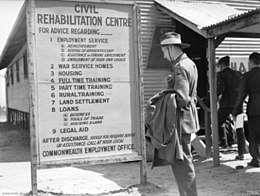
What’s the big mystery?
So, what’s the big mystery? It has something to do with . . . well, a lot of things. An elite Sydney nightclub. A high-end auction house. An unscrupulous private eye with a grudge against Billie’s father. And a man named Frank who’s holed up in a big house way out in the countryside who drives into the city from time to time carrying . . . something. Also, Frank has imprisoned several Aboriginal girls in that house. He’s obviously up to no good.
Sadly, it takes a long time for the author to bring us close to understanding what’s going on—but not for any good reason. Instead of moving the story forward briskly she indulges in meticulous, item-by-item descriptions of the clothing worn by every principal character, and almost every time they reappear. (Is she a former fashion model and passionate about clothes? It would seem so.) But the overabundance of adjectives in this book doesn’t stop with attire. When a judicious author might write “she pursed her lips” or “he slumped into the chair,” Moss writes something like “she tightly pursed her flaming red lips with determination” and “he slumped dejectedly into the worn red leather chair.” Enough.
In the end, if you have the patience to wade through this amateurish writing, you’ll discover that the “big mystery” is, truly, big. I wish a better writer had told the tale.
About the author

Tara Moss has written 11 novels and two works of nonfiction. She is certified as a private investigator in Australia—in other words, an Australian private eye like her protagonist. Moss is also a documentary filmmaker, a journalist, a former model, and a UNICEF Ambassador for Child Survival. She was born in British Columbia in 1973 but later acquired Australian citizenship as well through two marriages to Australian men. (By the way, that’s the author pictured on the cover you see above.) Maybe she should have stuck to one thing and done it better.
For related reading
For better reading, see my posts:
- Top 10 mystery and thriller series
- 20 excellent standalone mysteries and thrillers
- 30 outstanding detective series from around the world
- Top 20 suspenseful detective novels
- Top 10 historical mysteries and thrillers
And you can always find my most popular reviews, and the most recent ones, on the Home Page.

